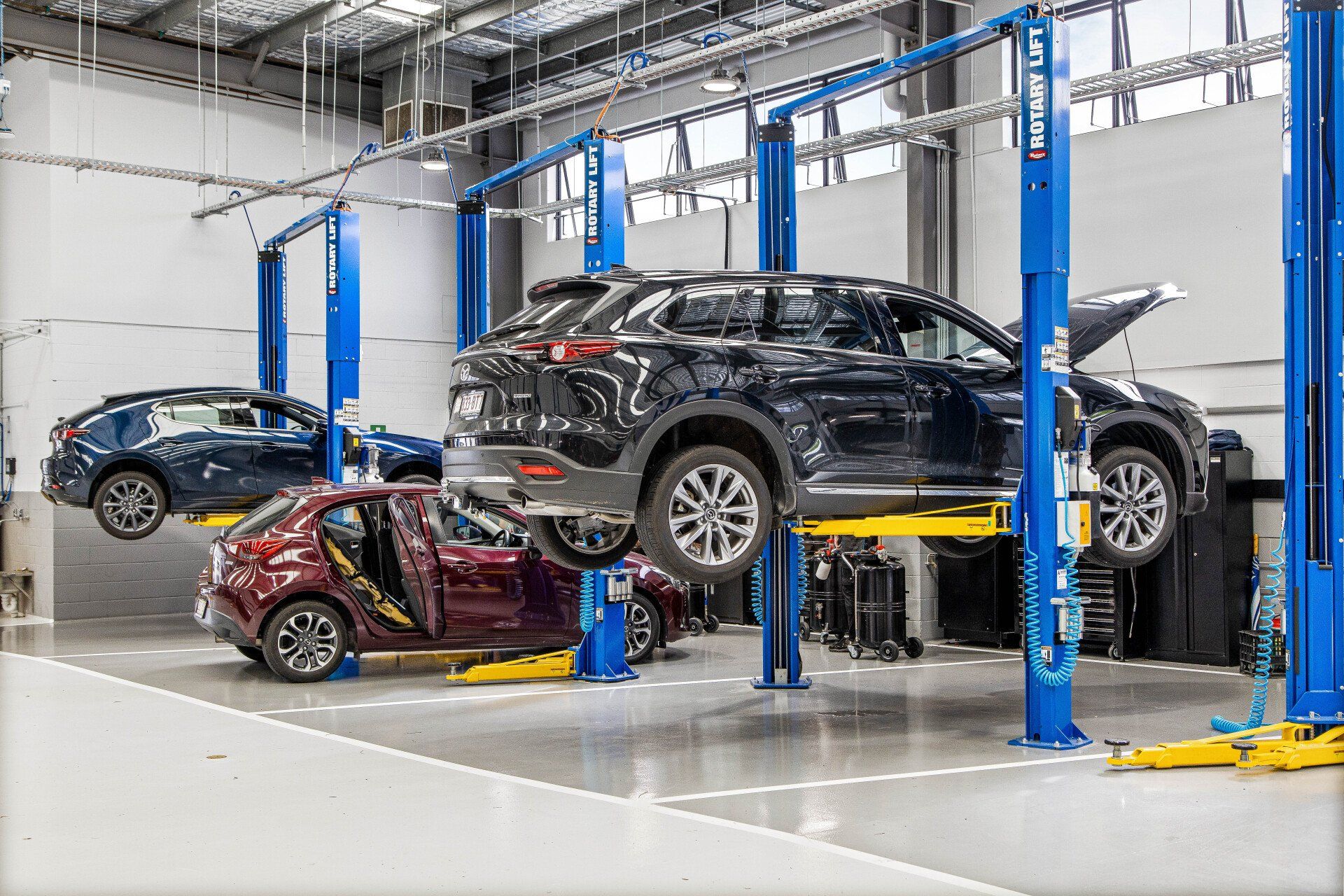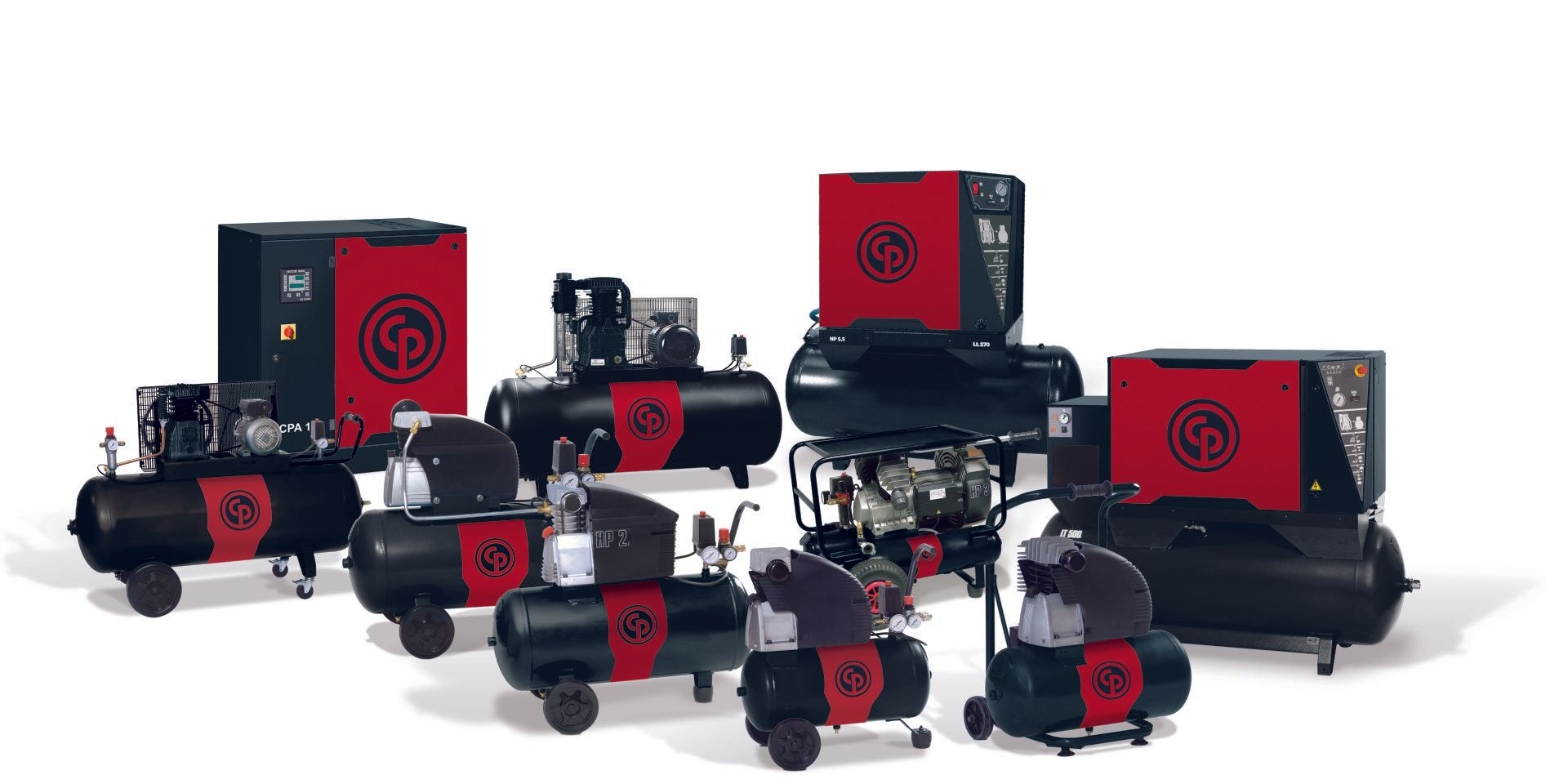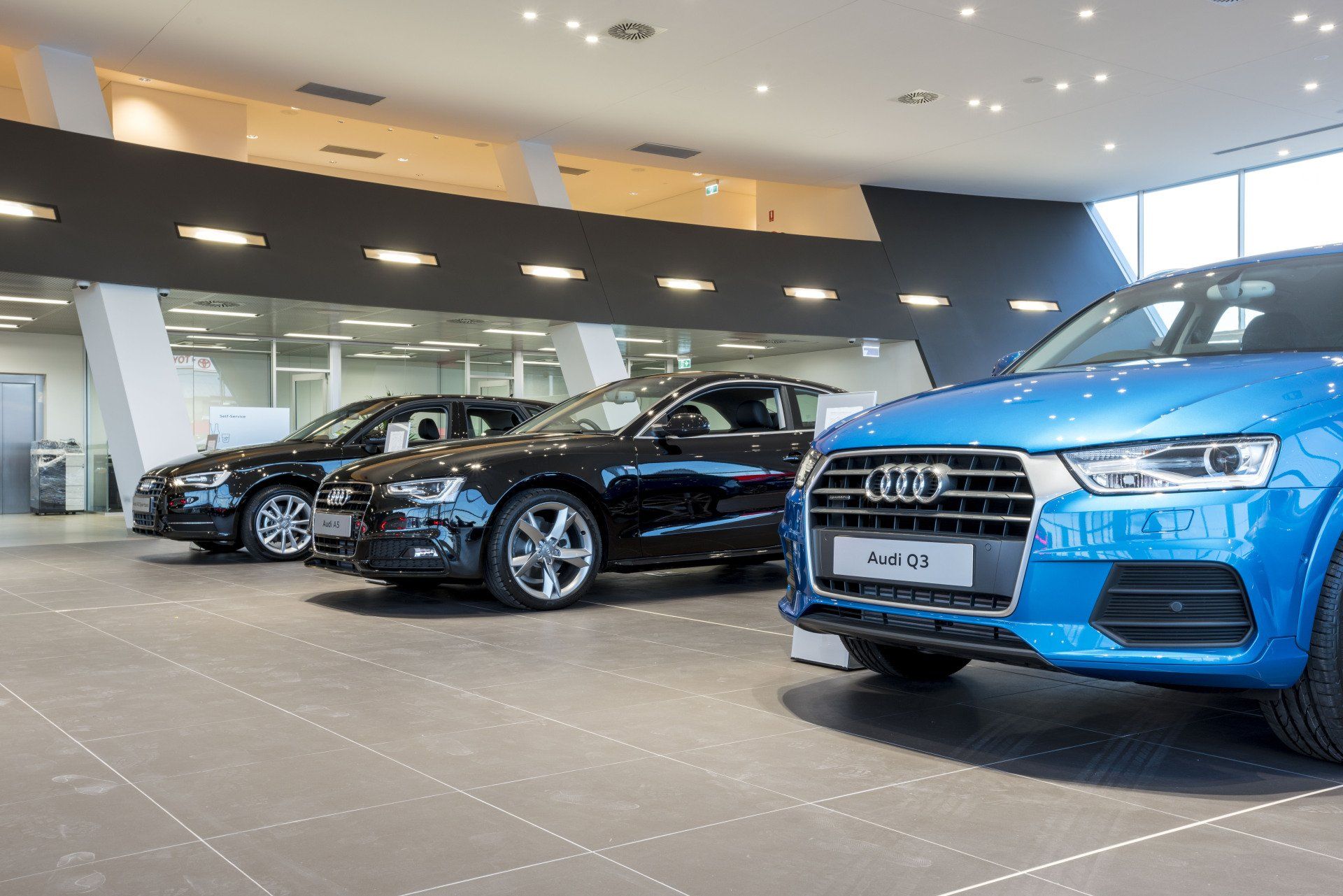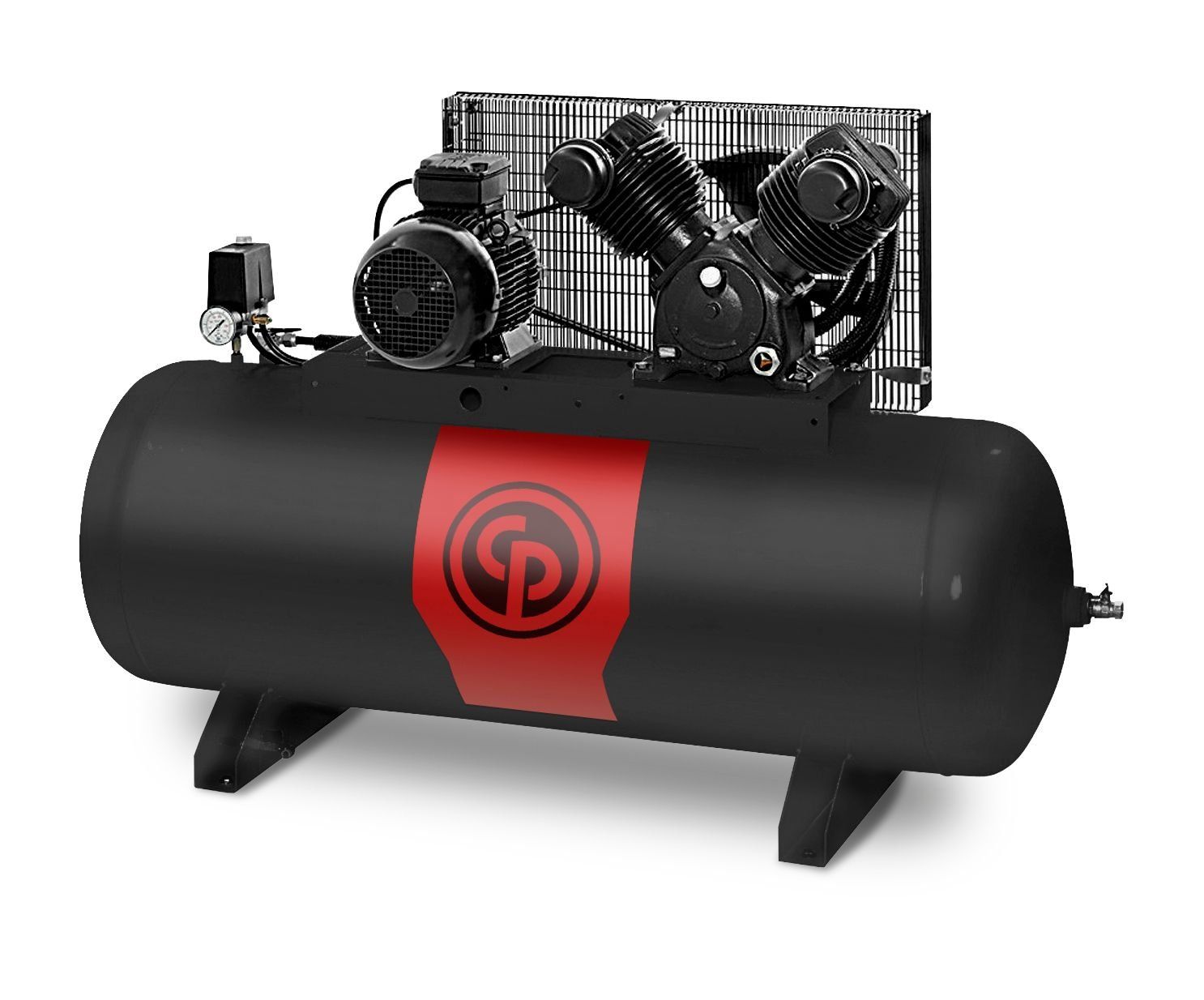How to design the perfect workshop
Setting up a new motor vehicle workshop is never easy. It’s something that takes a lot of time and attention to detail to get right. At the end of the process, you want a facility that enables you to service and repair cars quickly and efficiently, while making a healthy profit, but getting there can be a challenge. Take a look at our top workshop design tips!
1. Install specialised benches
If you’re thinking about designing a brand new motor vehicle workshop from scratch, you want it to be bespoke and as efficient as possible. Specialised benches are a great way to customise your shop for your own particular equipment needs. Benches can be installed with varying widths and depths, depending on the shape of your facility, as well as a range of partitioning options, depending on your tooling requirements. What’s more, many bench manufacturers allow you to include your corporate logos and colours. Want your shop to reflect your brand? Easy.
2. Install a wall-mounted fume extractor
Environmental conditions in workshops can change rapidly if cars are switched on. In the design process for your workshop, you want to make sure that you have contingencies in place that will facilitate the extraction of harmful gases from the atmosphere. Wall-mounted fume extractors can do just that, sucking up dangerous fumes from tune-up bays, tyre stores and small workshops. Most fume extractors on the market are highly durable, with hoses made from reinforced rubber and squash-resistant nylon.
3. Include a wash bay
Although you might think of your workshop primarily as a place to service and repair cars, your customers might feel differently. True, they want their cars to come out of your shop in good working order, but some will also want them to look as if they’ve had a makeover too.
Wash bays are a great addition to any workshop because they add value for customers. Many modern wash bay facilities come with special technology which allows you to use substantially less water, up to 80 per cent in some circumstances. What’s more, third-party washing equipment is often vetted by leading auto companies, including BMW, Audi, and Chrysler, meaning you can wash, clean, and vacuum vehicles without worrying that you’ll damage the paintwork or the interior upholstery.
4. Install an industrial air compressor
Air compressors are essential pieces of equipment for auto mechanics, providing compressed air for quick inflation of tyres. For single-bay workshops, installing compressed air systems is relatively straightforward, but in multi-bay setups, it can be a challenge. When designing a workshop, you’ll need to consider how you distribute compressed air to various bays.
5. Think ahead about work bay size
Before construction of your new workshop begins, you’ll have to think carefully about which kinds of vehicles you expect to serve. A workshop that intends to service vans and buses will have radically different work bay requirements compared to one that services only cars.
Workbay size is a significant consideration. Larger work bays imply larger premises, which could push the overall cost of the build up. Work bay size can also affect worker efficiency. Mechanics need space for both themselves and all their tools when servicing vehicles. Larger bays could improve worker productivity, satisfaction, and safety.
6. Include fire prevention and emergency exits
All professionally-designed workshops need systems in place for fire prevention. We can consult with you on how to arrange fire extinguishers, and what fire-retardant building materials you should use.
Worried about where to put fire exits? Don’t be. With our help, you’ll quickly have a design plan that conforms to all fire regulations. All our workshops are designed with the highest safety standards, giving you peace of mind.
7. Equip your workshop with tyre changers
Tyres need changing on motor vehicles around every 40,000 miles. Once the tread gets below a depth of about 1.6mm, driving becomes dangerous. Because of this, there’s substantial demand for automotive workshops that have workshop equipment to quickly and efficiently change tyres, as soon as a customer notices a problem.
Leverless and automatic tyre changers are an essential addition to any workshop. These tyre changers not only allow you to remove and install tyres quickly but also protect both the rim and tyre from damage. Operators can activate tyre changers using a pedal on the floor, freeing up both hands for safe operation.
8. And don't forget about the electronic wheel balancers
Over time, wheels can fall out of alignment, reducing fuel economy and causing the tyres on your customers’ vehicles to wear unevenly, potentially increasing their tyre replacement costs in the future. If you want to create a brand new workshop with plenty of sophisticated equipment, then an electronic wheel balancer should be right at the top of your list of equipment purchases.
Operators sit at the balancer and, on most models, can check wheel alignment using the inbuilt display. Wheel balancers also assist mechanics to lift heavy wheels into the correct position, helping to reduce the risk of injury.
9. Consider the number of employees you will hire
The layout of your workshop will change dramatically, depending on the number of employees, mechanics or technicians you hire. Small, one-person shops usually don’t require any additional, ancillary facilities, but if you have multiple mechanics, you’ll need locker space, bathroom facilities, and perhaps a cafeteria.
You’ll also have to think carefully about how operators will interact while on the shop floor. Will they get in each other’s way? How will they link up for shared tasks? Do you need to widen gangways? At HDR Workshop Solutions, we can help guide you through the design process and help you create facilities which are suitable for the number of operatives you expect to employ. Get in touch with us for a personal consultation.
10. Design specialist lighting (you won't regret it)
Your workers need to be able to see what they’re doing as they service and maintain vehicles. Without adequate lighting, they’ll make mistakes and could potentially injure themselves.
Workshop lighting is a crucial design feature. While most workshops provide light from above, as is traditional, savvy designers know that this isn’t an ideal solution: mechanics also need to be able to see what they’re doing as they work underneath cars, as well as under the hood. Your new workshop should, therefore, incorporate lighting from above, the side, and potentially below, depending on the kind of work that you intend to carry out. We can advise you on optimal, cost-effective lighting solutions.
11. Invest in spill containment
From time to time, you’ll experience a spill on the workshop floor. When this happens, you need systems in place that will allow you to clean up any spillages quickly and easily, without severely impacting workflow. HDR has extensive knowledge of spill containment options and can consult with you on the best approaches. High-quality systems are modular, recyclable, and resistant to the kinds of chemicals you may have to mop up.
12. Choose the number of bays at your facility
Before work begins on your new automotive workshop, you need to think carefully about how many cars you may need to service at any given time. Extending a workshop once complete is possible, but not ideal, so it’s important to predict demand well in advance so that you can get all the bays you need.
Bay design is important. Many old-school workshops have multiple bays, but they’re not particularly practical. Often one bay blocks another so workers must wait for other mechanics to finish servicing vehicles before releasing a car back to a customer.
HDR Workshop Solutions helps you avoid these time-consuming and inefficient situations. We will work with you to develop a practical bay layout where you’ll be able to service multiple cars at once, with all bays operating independently of one another. With us, you’ll be able to maximise the amount of time each bay spends in use, helping you to cover all of your essential rent and utility costs.
13. Consider oil holding facilities
The storage and containment of oil is highly regulated. Oil can be dangerous. Not only is it flammable, but it is also a slip hazard. Work with us to design an automotive workshop with bulk oil tanks, reels, and oil lines.
14. Install non-slip mats & flooring
Workshop floors can become slippery, especially if there’s spillage. Talk to us today for a personal consultation on flooring options and non-slip mats to ensure that operatives can work safely, even if there’s a spill.








